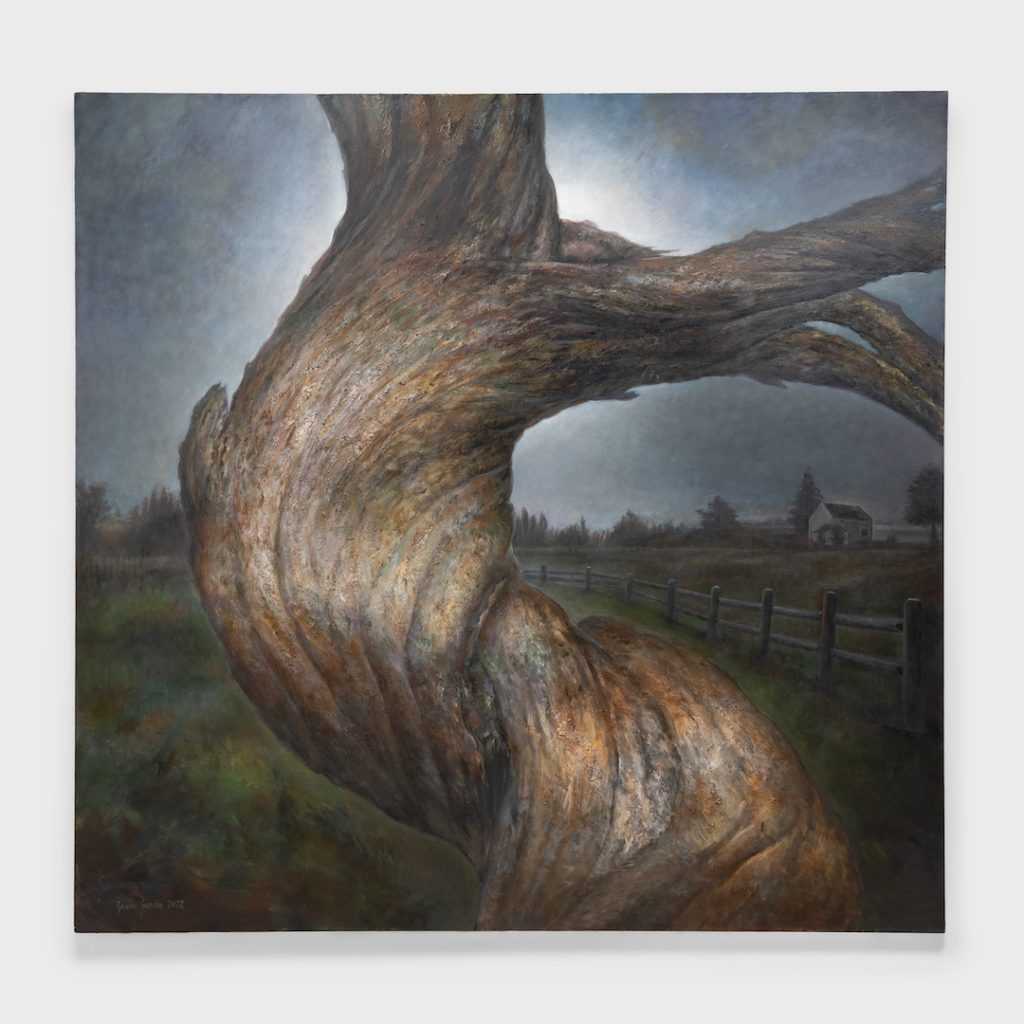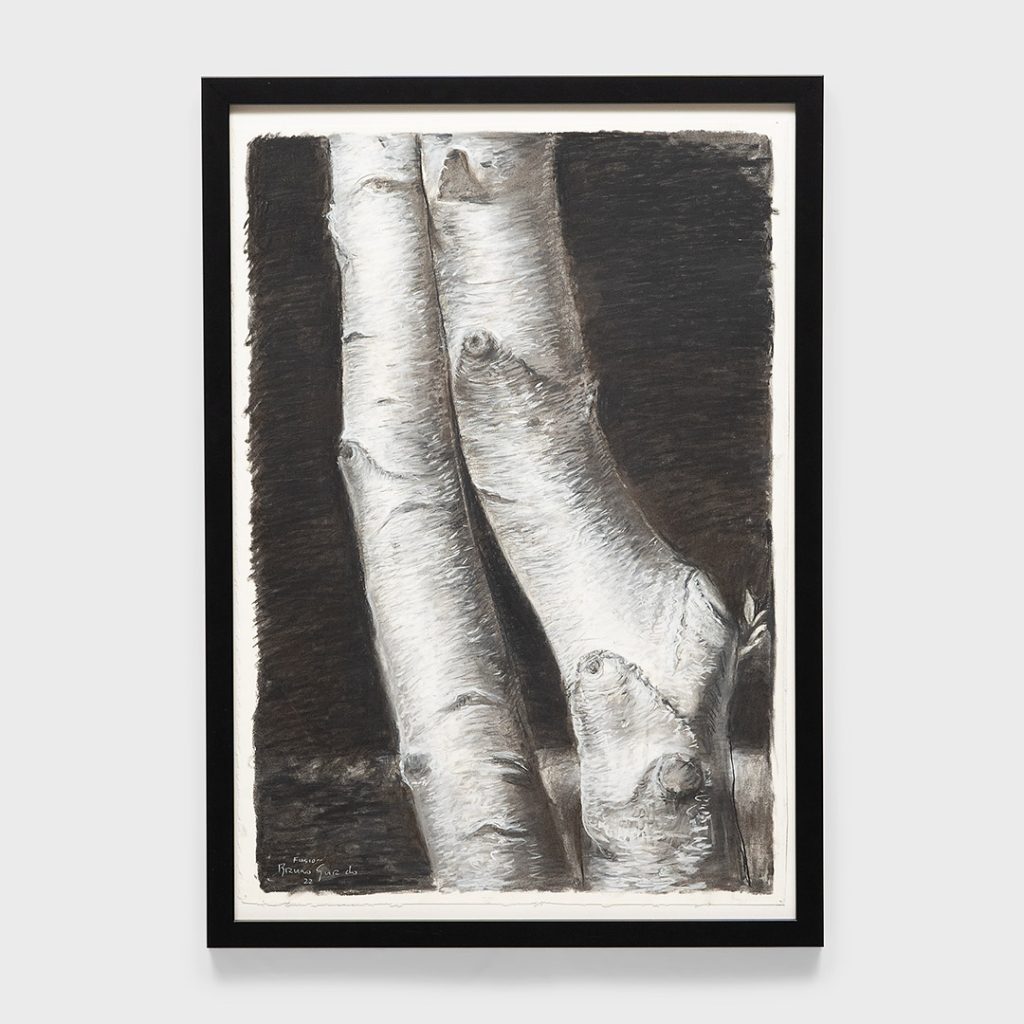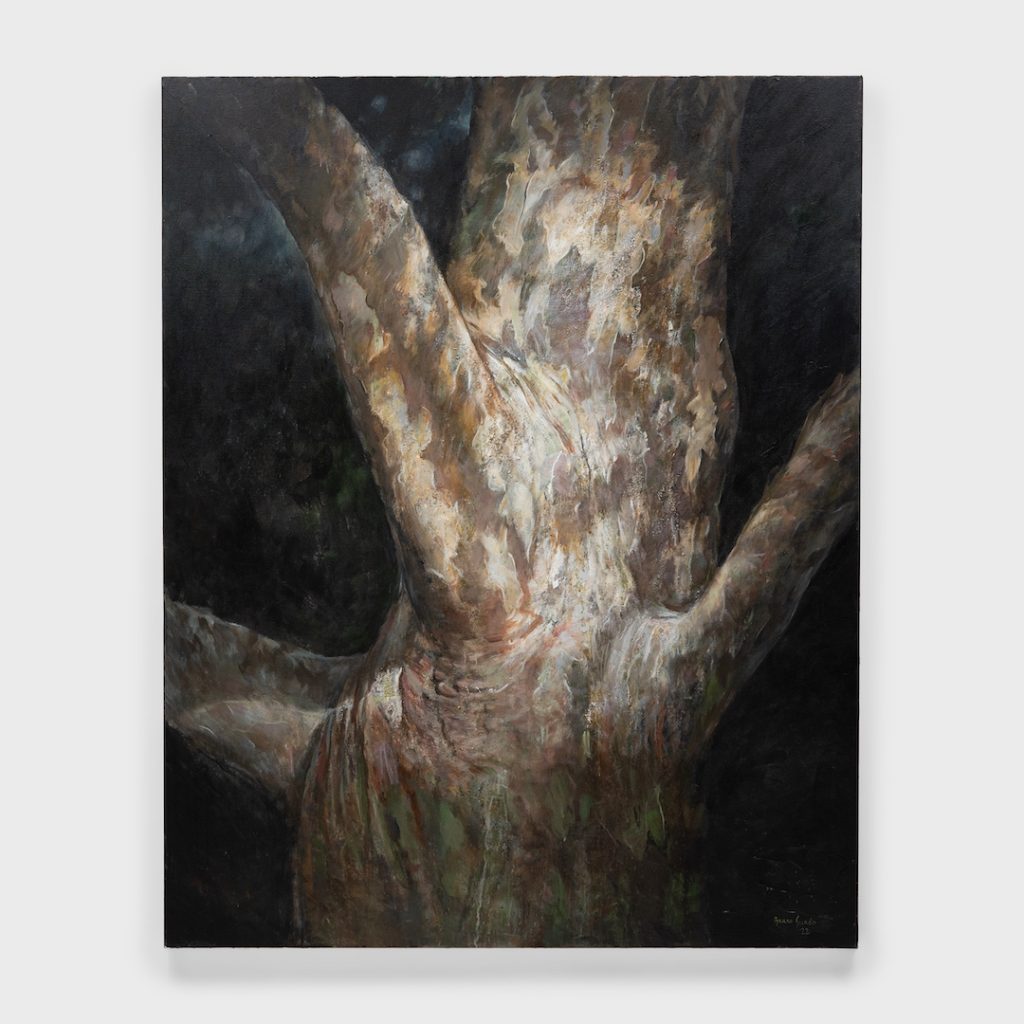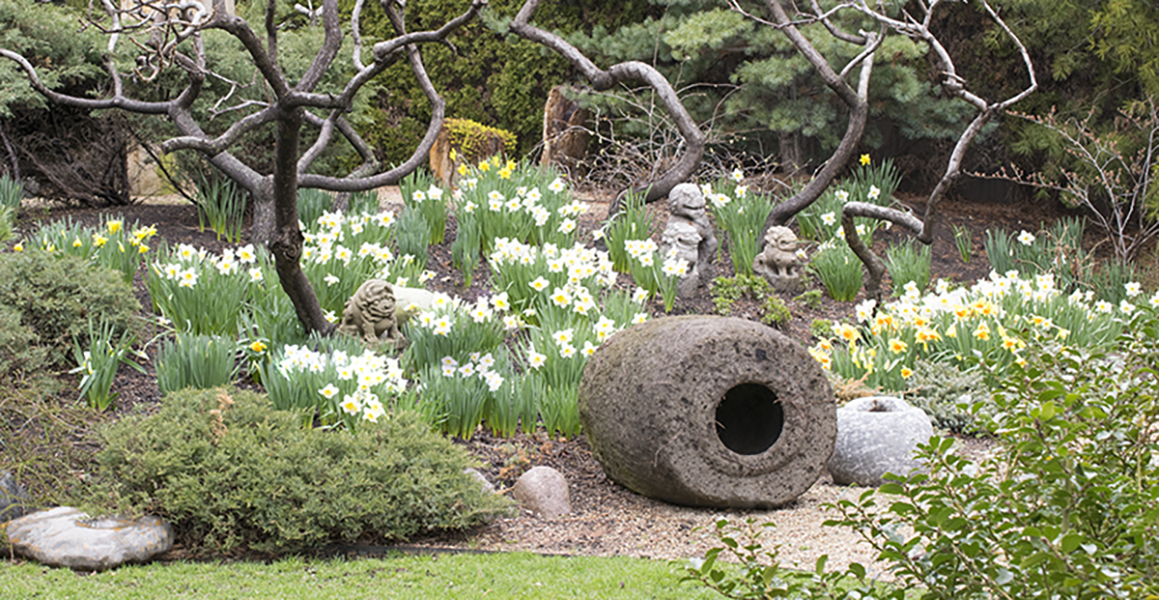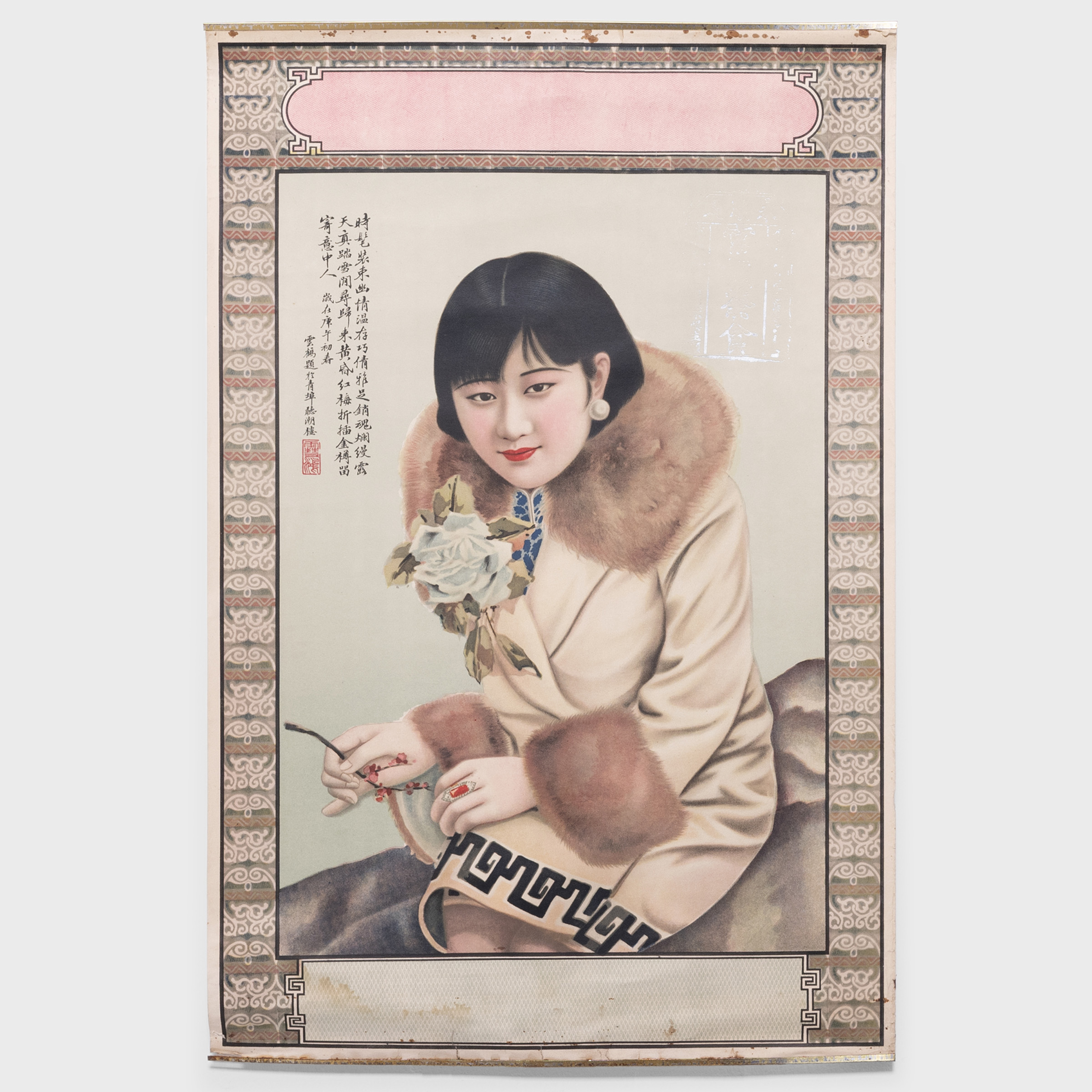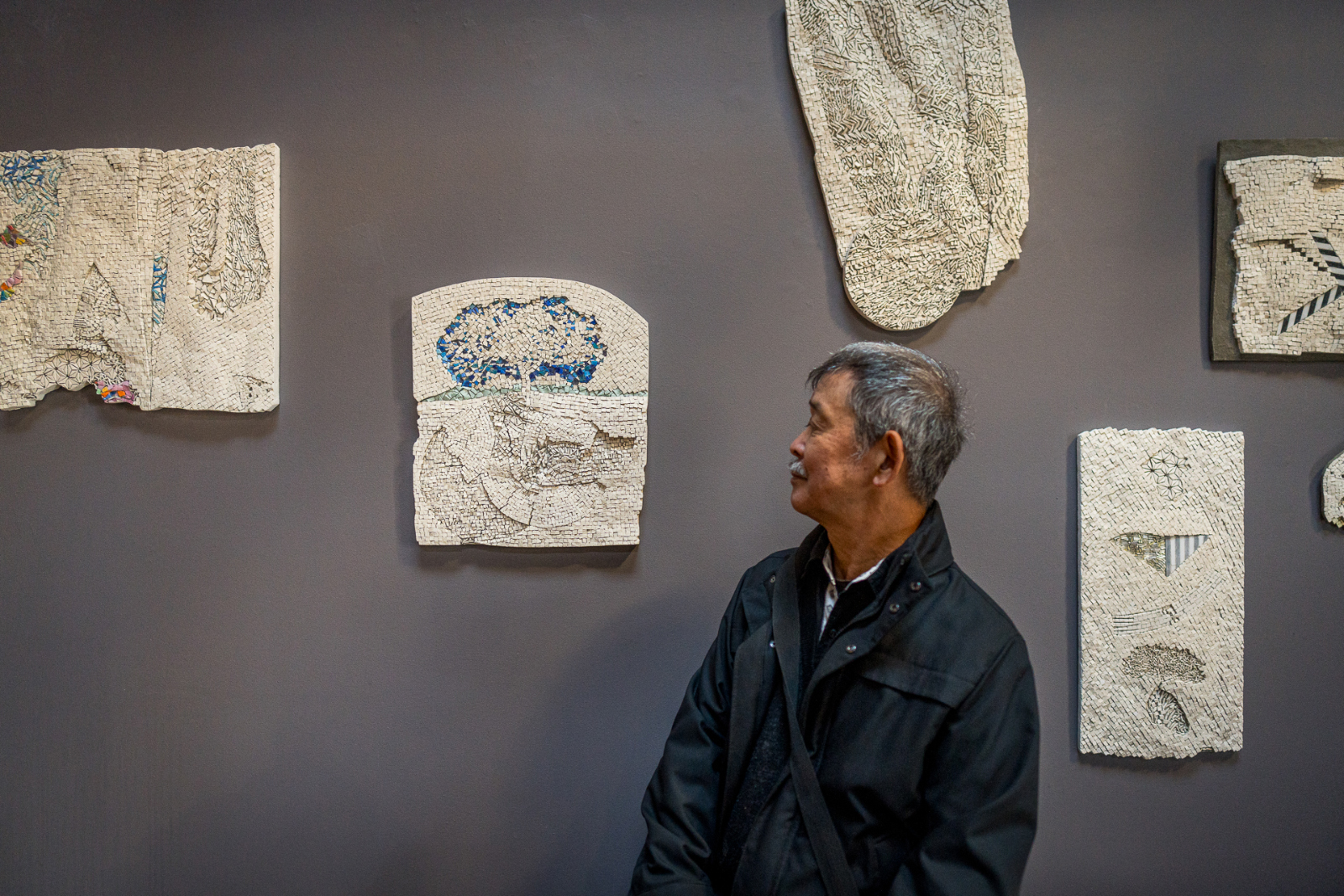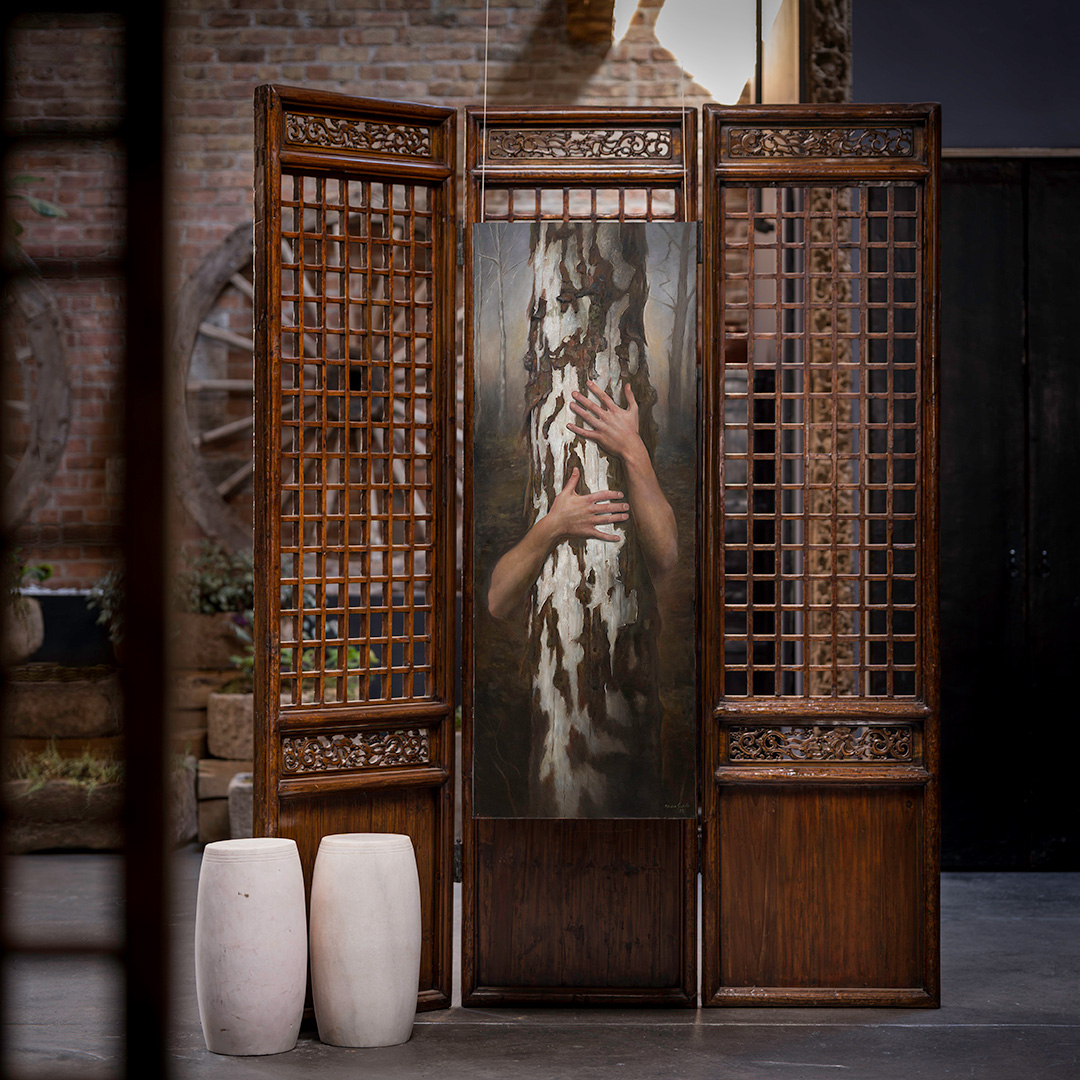
Bruno Surdo: Tree Spirits
After viewing Tree Spirits, Bruno Surdo’s debut at PAGODA RED, you will never look at a tree the same way again. Surdo brilliantly conveys the deeply personal sentiments to be found in the twists and turns of burls and branches. He says creating the paintings was a meditative experience and, until now, they have never been seen outside of his studio. “I’m thrilled with the variety of things I did with this body of work, from purely abstract shapes to tight realism.” Tree Spirits is a bold departure from the figurative painting Bruno Surdo is known for.
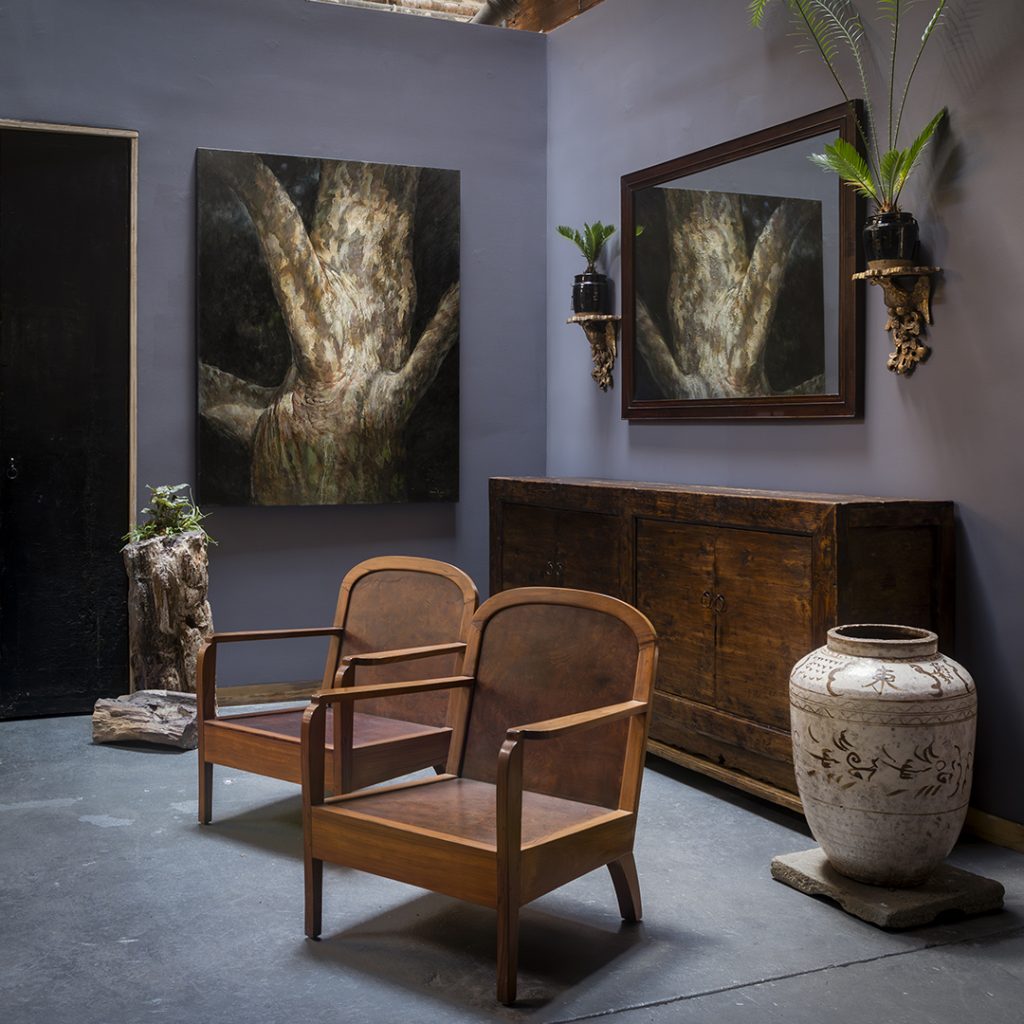
Surdo’s renowned figurative paintings are classically-inspired, evocative portraits of modern life. In an interview with Voyage Chicago, Surdo once said that, “the juxtaposition of skilled realism combined with 21st iconography is part of my style and artistic reputation.” He sees a clear correlation between Tree Spirits and his figurative work. In a conversation with Chloe Yanny-Tillar, our Head of Collections, he remarked “I really love the human form. These trees almost seem like human forms to me, even though they’re not. I approached each tree with the same kind of interest that I have in the human form. It’s the beauty, it’s the structure, it’s the movement, it’s the surface, it’s the emotion. So these trees became an extension of what I evoke in a lot of the work I do.”
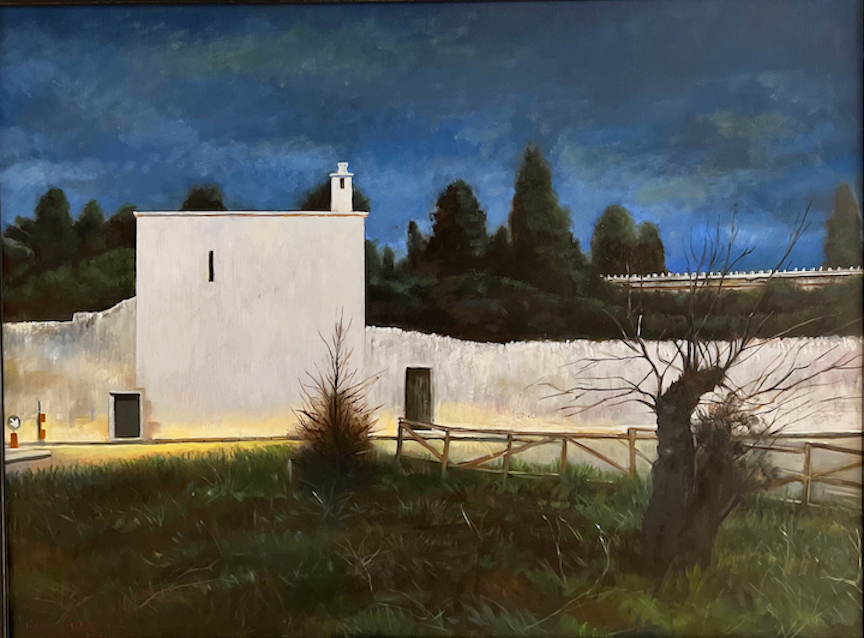
Surdo notes that “Every tree in the show is an actual tree that I’ve encountered.” “Passage to Town” depicts trees Surdo encountered on a visit to his family’s hometown in Italy—a callback to his own familial roots. At first, the withering tree in the foreground captivated him. He was “impressed with the starkness of the scene and the weird white building. It felt intimate…There is abstraction and contrast too. People walk and drive by it every day but may never really see it this way.” He saw the tree in “Mystic Bond” while on a wintertime trip to Wisconsin. “I came upon this tree, and I truly just wanted to paint this abstract, Franz Kline kind of image, where it’s just a bunch of positive negative spaces.” The result is a mesmerizing painting in which the leafless branches of the tree twist upwards with ballet-like grace.
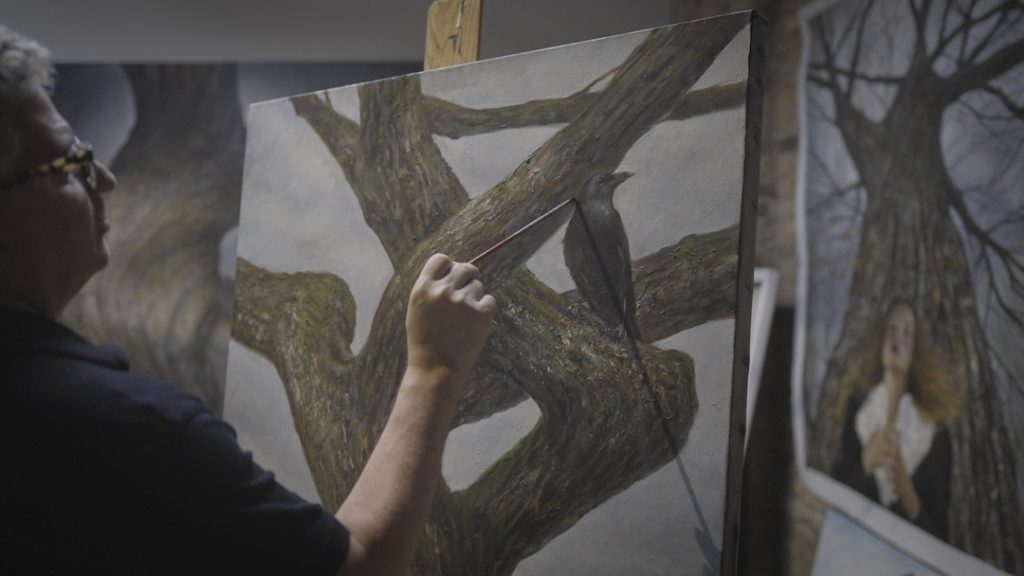
There is wonderful variety among the works. Surdo likes “that trees have a beautiful textural element… I got to explore with mediums I haven’t tried in my other work, such as acrylic, and all the various gels and textures acrylic offered. I almost felt like each painting was a shape that started out as this big abstract form and then I would engage in how I wanted to mold this shape into some kind of visceral experience for people.”
As Surdo began to focus on individual trees, he found an inadvertent but philosophical theme: that each tree has a spirit. This realization deeply impacted his artistic approach. “Each tree has an essence to it. I really felt that once I started painting, I started to feel like these trees are speaking, they’re actually communicating. Then I read that trees do communicate. It was kind of interesting that they communicate with the root systems. It was just a complete engagement in this subject…mainly just how this beautiful shape can create an immediate sensation of emotion. I really think it’s something that was truly the inspiration behind the work.”
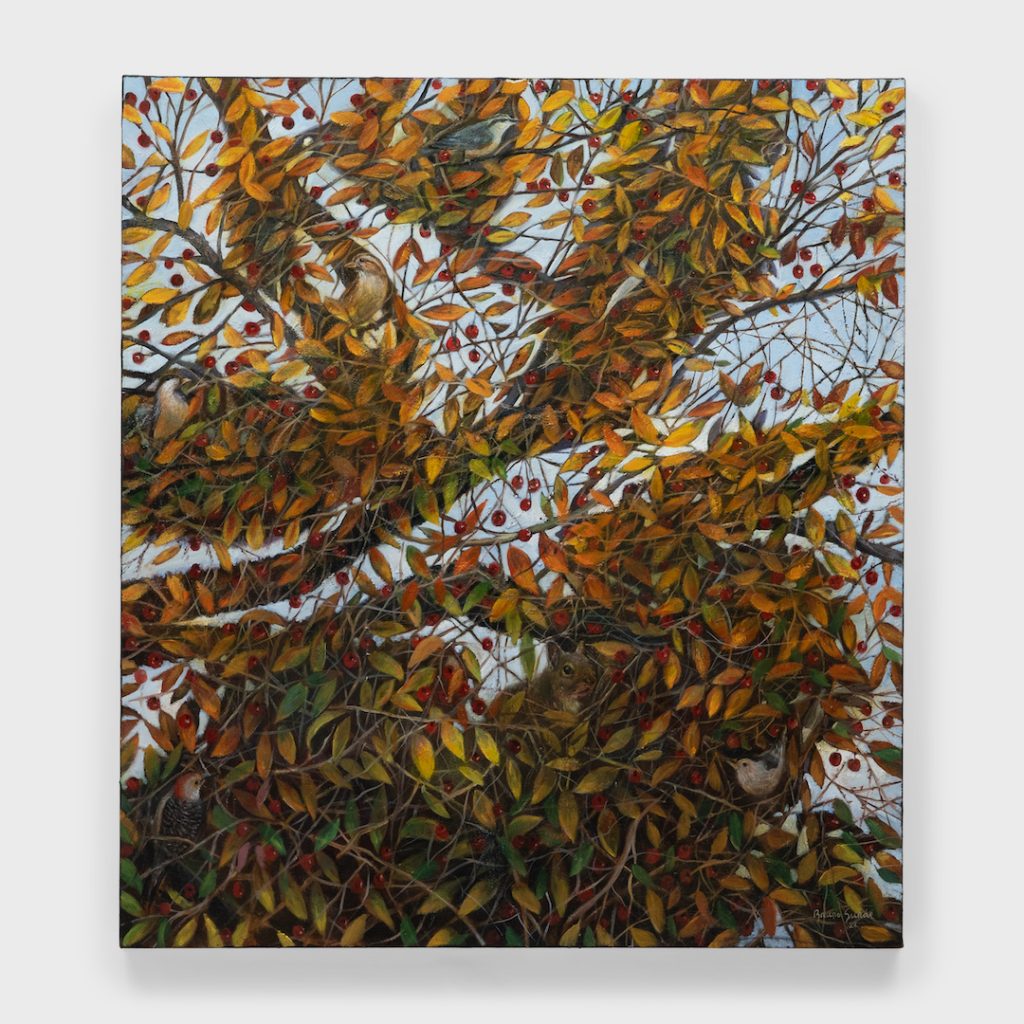
When the paintings in Tree Spirits are viewed together as an exhibit, this theme becomes profoundly evident. Every painting reflects an intangible, unique spirit, a blend of the tree’s own essence and Surdo’s real-life engagement with it. “Connected Spirits” is a self-portrait in the form of a birch tree. In “Hidden Sanctuary,” a squirrel peers curiously out from multi-colored foliage. Surdo envisioned this work as a meditative hidden puzzle. He told PAGODA RED, “There’s so much hidden that we don’t see. I thought of this as an interactive piece, where people keep looking and discovering.”
Surdo’s classical training and immersive techniques result in paintings that are both detailed and full of movement. He says that, “I really wanted to understand the substructure of each tree, so I did a lot of research on the anatomy of each tree. I also did a lot of sketching before I started the final image. Once I embarked on the composition, I would literally wrestle the image until I felt it was starting to evoke what I intended…I love the process of molding paint. It really is a blast. In essence, I was trying to capture what each tree represented–was it despair? was it hopeful? was it introverted?”
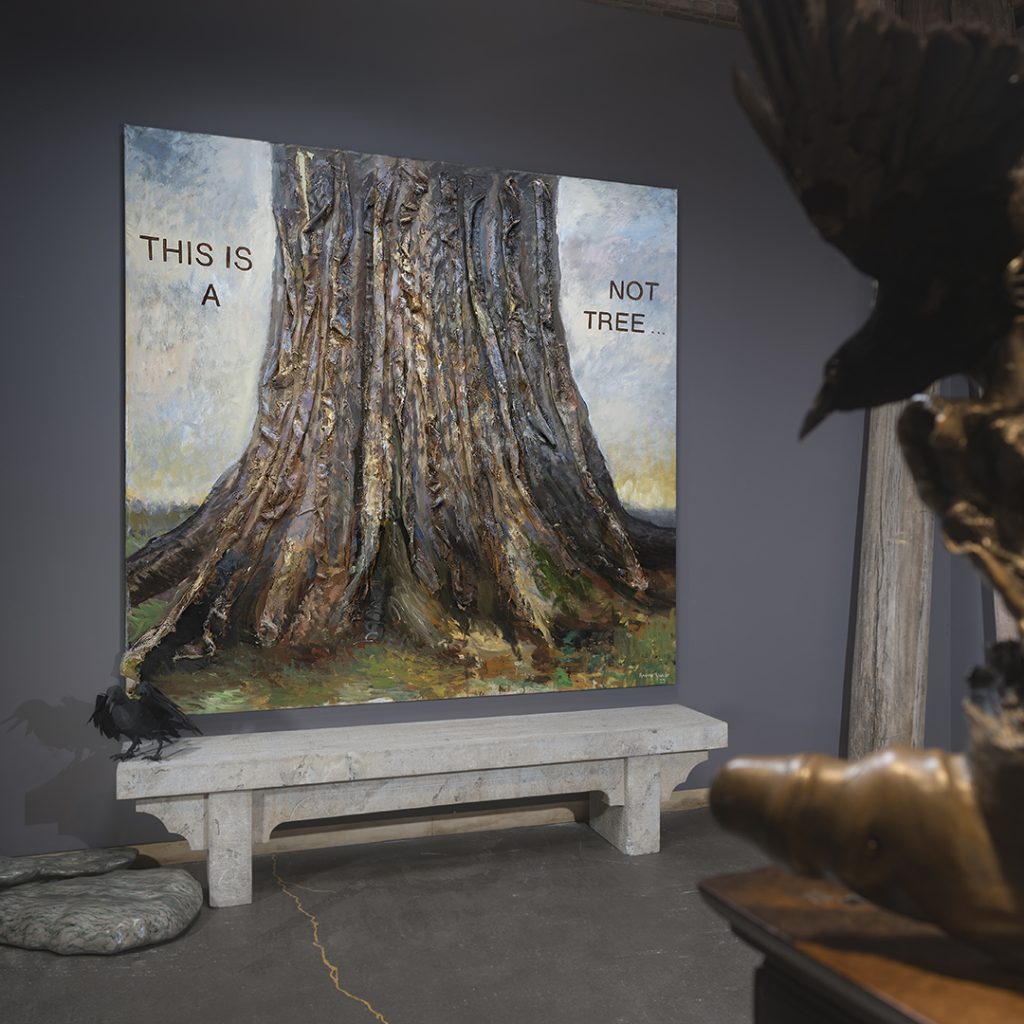
For Surdo, “the physicality of painting was such a huge part of this, in terms of the aggressiveness, the unchartered area of physically applying the paint with really harsh brush strokes, and throwing paint, squirting water and gels all over, and just mixing it all together on the surface. It was so invigorating. Also, it expanded my process, because I’m usually a little more controlled with my art, and this gave me a little more freedom to let the emotion and the technique come together. It was truly like a spiritual journey.”

“For me it was a time to engage in a body of work and investigate my response to beautiful organic forms…I really wanted to experiment with making a commentary through these trees. Not just showing a tree as it is, but really getting connected to the essence of the tree, the beauty of it, the shape of it.”
Bruno Surdo: Tree Spirits September 23 - October 20, 2023
SHOP BRUNO SURDO
